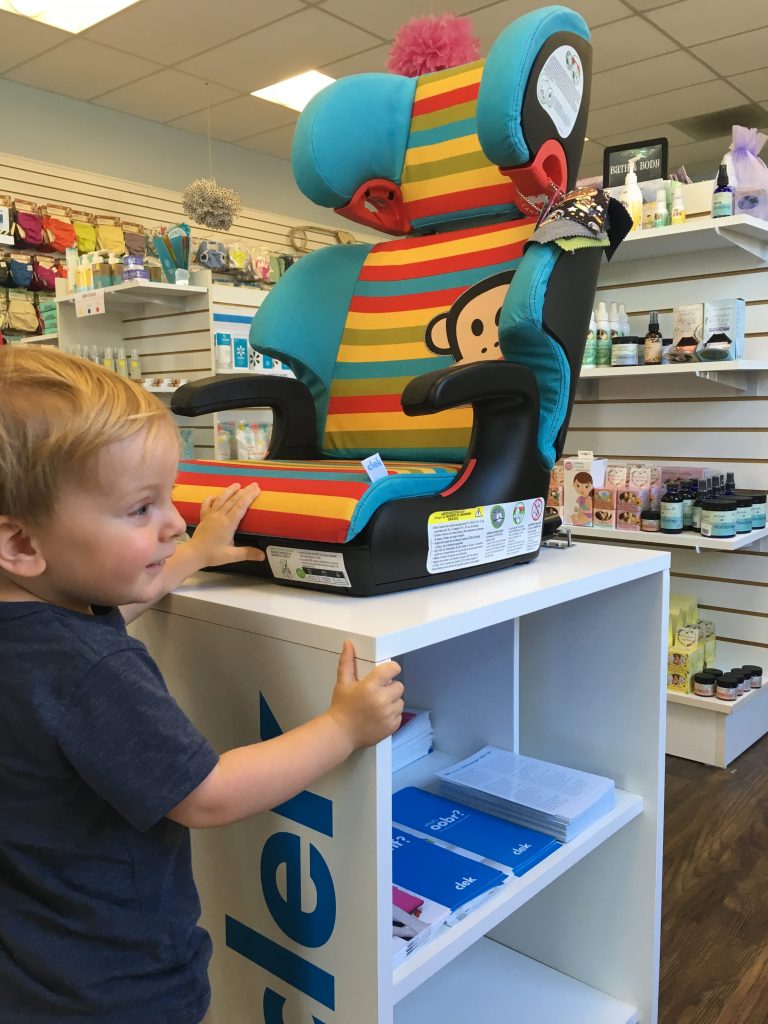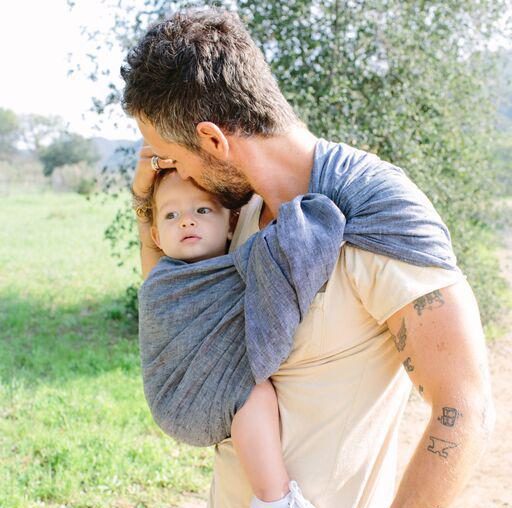5 Signs Your Baby Has Started Teething & How to Soothe Them
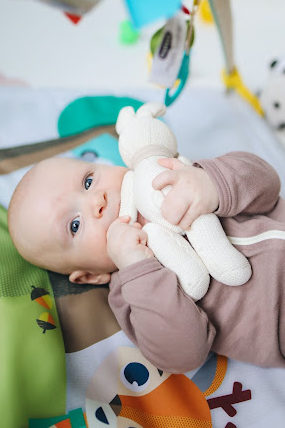
6 minute read
Teething is an exciting milestone for your baby! But it can be so hard to watch your happy, smiling bundle of joy dissolve into a mess of tears from the pain of an incoming tooth. But as your little one nears the 6 month mark, the troubles that come with teething will start to, well, emerge!
So it can be helpful to know what signs and symptoms to look out for that will give you a heads up that your baby is teething. We’ve covered the 5 telltale signs and practical solutions you can try out — today! — to help ease your little one’s teething pain.
Teething in Babies: Symptoms & Signs
Every child is different, but there are some common symptoms to look out for if your baby starts teething.
- Crying, fussiness, irritability or crankiness: This is one of the most common signs that a new tooth is about to break through your baby’s sensitive gums. In the days or weeks leading up to the appearance of a tooth, your baby may cry more often or become more agitated.
- Excessive drooling: This is another common sign of teething. Your baby may drool so much that they quickly soak through their shirt — or yours! So it’s a good idea to keep a few bibs handy. This will help to keep your baby’s neck dry so that they don’t develop a rash around their neck or chin from the excessive drool.
- Biting or chewing on objects: Biting is one of the first signs you may notice when your baby is teething. Biting down on something creates a counter pressure that helps relieve the pain caused by an incoming tooth. Your little one may start to bite on just about any hard object to help ease the discomfort of their sore and tender gums.
- Changes to eating and sleeping habits: Teething will unfortunately impact every area of your baby’s life. This means they could have a hard time nursing or drinking from a bottle as their gums will be sore. And their discomfort may make it difficult to fall asleep — or may even wake them in the night.
- Rubbing their cheek or pulling their ear: The pain in your baby’s gums may extend into their cheeks and ears. This is why you could see your baby rubbing their check or pulling on their ears. You may see these signs especially if your baby’s back molars are coming in.
And with new teeth may come a lot more drool, which can irritate sensitive baby skin and cause a rash.
Teething Rash
Teething rash is caused when constant wetness from saliva irritates your baby’s sensitive skin. Their rash may have a hard time going away due to constant drooling and rubbing from warm hugs, friction from clothes, or playing.
Teething rash can look like red patches that may be flat, raised, chapped, or have tiny bumps. And a rash can appear anywhere drool gathers, including the:
- chin
- cheeks
- neck
- chest
A rash may come and go depending on your baby. In most cases, teething rash isn’t harmful and can be cared for at home. Try to keep the area as dry as possible, and apply a light moisturizer after bathing your baby with unscented baby wash during bath time.
But if the rash starts to look cracked, painful, and isn’t improving, contact your pediatrician for medical advice. But one thing that teething should NOT cause is — fever.
Abnormal Symptoms: Teething Fever & Diarrhea
It’s normal for your baby to experience a slight increase in temperature from time to time — but no fever. If your baby has a fever, call your doctor immediately. The same goes for diarrhea — this is not a common symptom of teething.
Teething Timeline & Helpful Teething Chart
You may be wondering when to expect your baby’s teeth to come in and how quickly they’ll appear. Your child’s 20 baby teeth — 10 on the upper jaw and 10 on the lower jaw — actually begin developing while they are still in utero. But they won’t cut through the gum line until several months after they are born.
Teething ages vary from child to child, but overall, here’s what you can expect.
- 3-6 months: Your baby may start to experience some discomfort early on in their life. But it could take a couple more months for their first tooth to emerge.
- 6-12 months: Your baby’s first teeth will appear! The two front lower teeth will emerge first followed by the upper middle two teeth.
- 12 months: Your baby’s first birthday will be a busy time for their teeth! Around this time you’ll see their back molars start to emerge along with their lateral incisors and canines.
- 12-24 months: Your baby has two sets of molars that will come in. The first will arrive around their first birthday and the second could take a bit longer — closer to the age of 2 or 3.
Here’s a helpful teething chart that shows when you can expect to see each new tooth!
Image from American Dental Association.
How to Soothe Your Baby’s Sore Teething Gums
Watching your baby struggle with teething discomfort is never fun! Try these simple tips to help soothe your baby’s sore teething gums:
- Rub your baby’s teething gums: Massage your baby’s gums by rubbing them with a clean finger, a small cool spoon, or a moist gauze pad. This pressure can be very soothing!
- Try something cold: A cold spoon or teething ring can bring much comfort to your baby. Make sure the item is clean and place it in the refrigerator to cool a bit before giving it to your baby. But avoid freezing items as this may be too cold for your baby’s mouth!
- Use an over-the-counter remedy: Many babies find relief with natural teething gels. If you think your baby needs more pain relief, try an infants’ or children’s over-the-counter pain medication such as acetaminophen (Tylenol, others) or ibuprofen (Advil, Motrin, others). Always consult your doctor before giving your baby medication and only give your baby the amount your doctor recommends.
And to keep your baby safe, there are a few available treatments that you’ll want to avoid.
Treatments to Avoid:
- Teething medications: Medications that you rub on your baby’s gums aren’t very effective for a long period of time. And medications with benzocaine or lidocaine can be harmful to your baby and should be avoided.
- Teethers made from unknown materials: Teethers made from plastic or other materials can break and become a choking hazard for your baby. Similarly, using alternative teethers made from unknown materials could cause harmful effects like lead poisoning.
- Soft teethers filled with liquid: These types of teethers can potentially tear and spill out their contents, which could cause choking or other harmful effects.
Teething Toys to Soothe Teething Symptoms
Teething toys, also called teethers, offer babies with sore gums something safe to chew on. When your little one gums on the teether, the counter pressure can be soothing on their sore gums and help alleviate pain.
Choosing the Best Teething Toys
There are tons of different types of teething toys out there. But there are a few things you’ll want to keep in mind when you shop for teethers:
- Type: The most classic type of teether is of course the teething ring. But these days there are tons of innovative designs that look like small toys, toothbrushes, even fun shapes and animals!
- Material: Your baby will most likely try to chomp on anything they can get their hands on. But you’ll want to avoid potentially harmful materials like lead paint or plastic. Instead opt for silicone or cloth teethers if your baby prefers soft materials, or wood if your baby likes harder objects. Teethers with bumpy textures can also be a fan favorite!
- Easy to clean: Teethers that are constantly in your baby’s mouth and subject to moisture can be at danger of developing mold. Make sure to choose teething toys that are easy to clean as you’ll want to properly sanitize the toy before each use.
And there are four main types of teething toys:
- Teething rings: You can’t go wrong with a classic teething ring. Some of our favorites? Ritzy rattle teethers, Comotomo silicone baby teether, and Leika Teether which has a cuddly tail or ears, too!
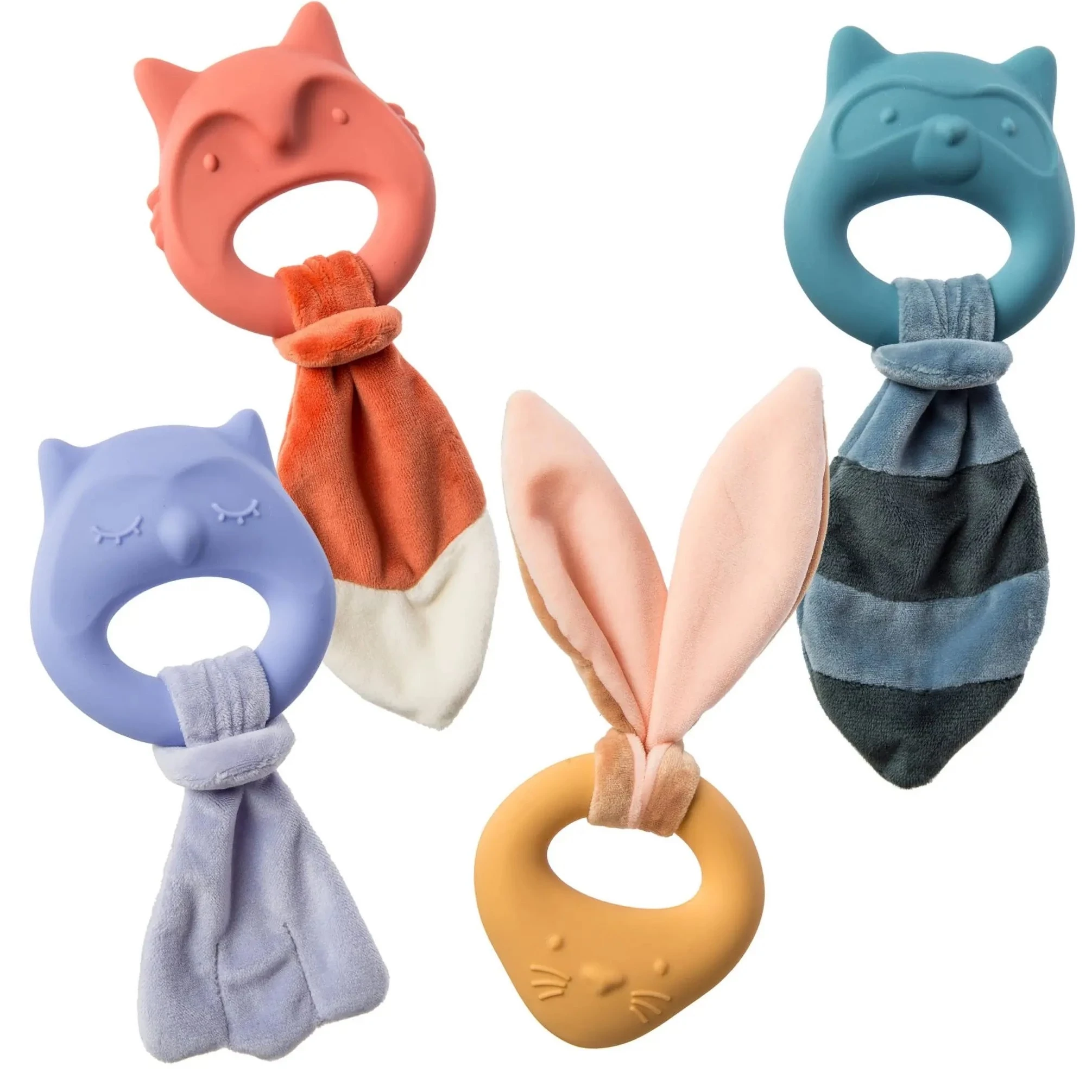
- Teething toothbrushes: These teethers have little bumps which can be soothing for your little one. We love the Zoli Chubby Gummy teething stick, the Magic Teething Wand, and Itzy Ritzy Bitzy Biter Teething Ball & Training Toothbrush.
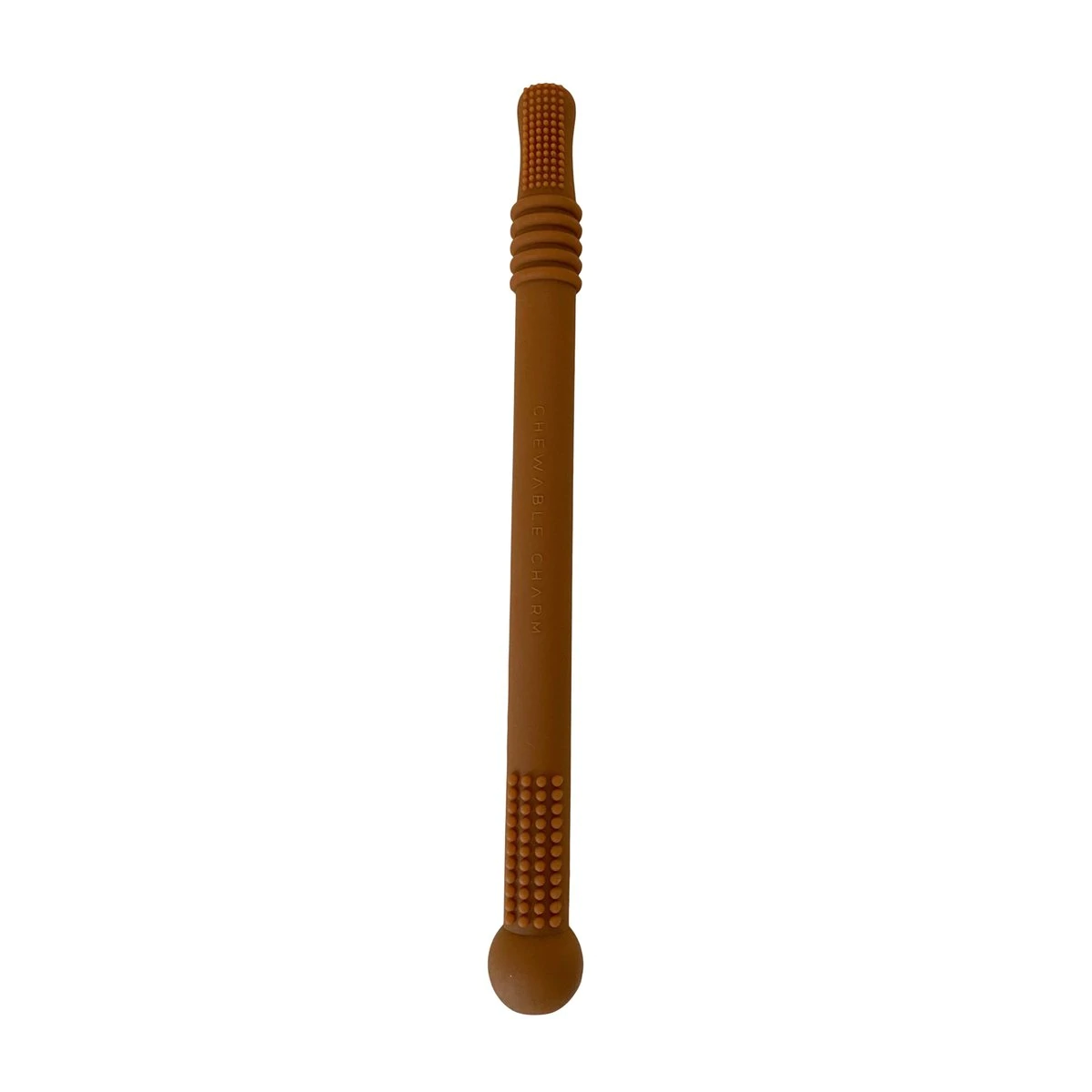
- Teething toys: Teething toys look like fun objects or toys, but they’re actually designed for your little one to chew on! The options are endless — but we’ve narrowed it down to our clients’ tried and true favorites on our Babies in Bloom Boutique. Here are a few! Winkel, Bannor Toys Elephant, Itzy Ritzy Chew Chew Teethers,and Poppies teether.
- Teething blankets: These teethers may look like a blanket, but they’re actually made for your little one to chew on! Our clients love the Malarkey Munch It Blankets and the Space Gift Set.
Which Teething Toy is Right for your Baby?
With so many options out there, you may wonder which teething toy is best for your little one. Shop our online Babies in Bloom Boutique — where we’ve done the research to carefully select mom and expert-tested products.
Or stop by the Boutique in person to hold, touch, and feel the teethers — your baby may even pick out the one they like best! We would love to help answer any questions you have to help you pick out the best teethers to soothe your little one.

